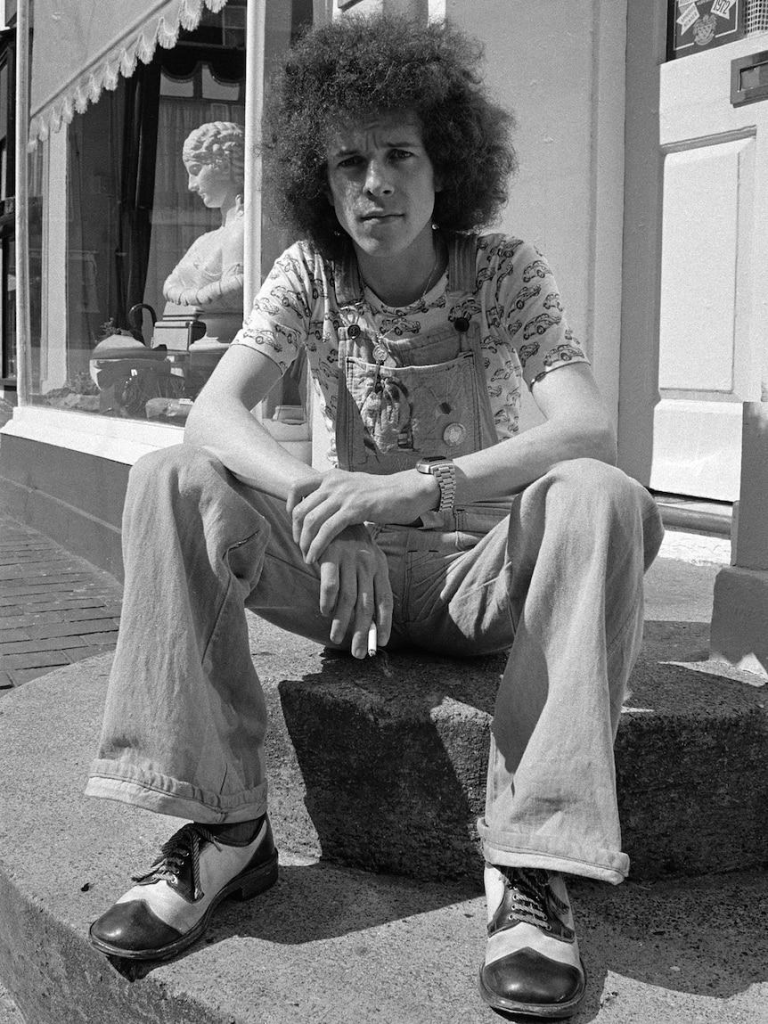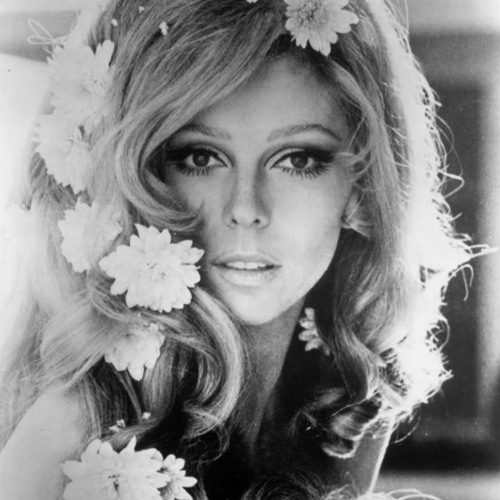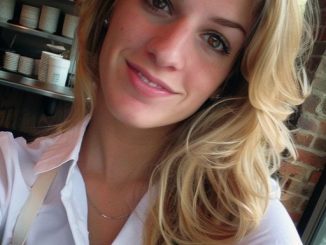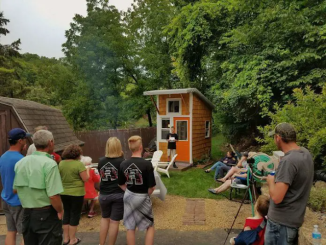“I look at my role as being a friend of Canberra Hospital, I can bring some pleasure and happiness sometimes to people who are really in difficult times in their lives.”
With backing music from a Bluetooth speaker, Sayer croons his way around the cancer wards, making a human connection with everyone he comes across.

Canberra Region Cancer Centre Operations Manager Caroline McIntyre says Sayer’s visits are typically kept a surprise for patients and staff.
“He’s always come in so discreetly,” she says.
“Normally it’s just very quiet, he comes up in the back lift and says hello to literally everybody.
“Some of them are doing it tough, and to have a little bit of joy and light – it really gives them a lift.
“What makes me happy is to see people getting chemo on their feet dancing.”
Jamming with Jimi Hendrix, Countdown and the Troubadour
Originally a graphic designer by trade, English-born Leo Sayer rose to pop prominence in London in the late 1960s, as a singer-songwriter – and was soon adopted by Australia as an honorary son after his first tour here in 1974.
He went on to become an Australian citizen in 2009.
Sayer was a regular on ABC TV’s Countdown during the 70s and 80s, performing chart-toppers like “You Make Me Feel Like Dancing”, “When I Need You”, “More Than I Could Say” and “Orchard Road”.

He blushingly admits they were wild days – when he didn’t always live up to his “good-guy” public persona.
“It was mad, I mean, Top of the Pops in England, Countdown over here,” he says.
“You were mobbed by the fans, I remember being dragged out of a limousine the first tour that I came here, and then speaking to crazy people like Molly Meldrum on TV and trying to sort of like take it all in.”
It seems hard to believe – the petite, well-spoken singer, with a mane of curly hair that inspired changing his name from Gerard to Leo – beating off mobs of screaming fangirls.
Sayer circulated in superstar company, becoming close friends with former Beatles George Harrison and Paul McCartney, collaborating with Roger Daltrey of The Who, and even sharing a sly cigarette or two with John Lennon and Yoko Ono who had a flat above his design studio.
“I met Jimi Hendrix right at the start of his career. I actually jammed with him, playing the harmonica, and him playing the guitar,” he says.
Recalling his 1975 opening night at the famous Troubadour Club in Los Angeles, he looked up to see an intimidating line-up of fans in the front row.

“It was David Bowie, Elton John, and ‘The Fonz’ [Henry Winkler].”
Alongside them: John Cleese, Mick Jagger, Bernie Taupin, and comedian Marty Feldman.
“We never thought it would last, we were adapting to things around us, writing songs about things that are around us,” he says.
“And we thought they were only for our generation — so the amazing thing is my music’s become like a fine wine, where you lay it down and years later, it becomes a collector’s item.
“We’re in an age where the music that I make, young kids are actually latching onto it now, and they’re finding that that generation and that style of music we made is as current now as anything.”
Sayer’s health battles, still spreading hope at 76
Leo Sayer says his hospital charity work caps off a career dedicated to providing joy through music.
“It’s a nice piece of synchronicity really, because I was born in the grounds of a hospital in Shoreham by Sea in Sussex, near Brighton in England,” Mr Sayer said.
“I suppose I’ve always felt comfortable in hospitals and being around hospitals.
“Growing up, my dad was a hospital engineer, Mum was a nurse, my sister was a matron.”

Sayer has health struggles of his own, including three stents in his heart, which help him have a genuine connection to the hospital patients he entertains.
“[My music] is providing something that isn’t taking away from any of the treatment that’s going on. It’s providing something that’s just putting a smile on peoples’ faces.
“Music is communication and that’s what this is all about, we’re communicating, we’re making people feel better.
“We’re not healing people with music, but we are making them feel better about their healing.
“To sell out Canberra Hospital will do me fine.”
The Journey of Nancy Sinatra: Resilience, Transformation, and Success

The well-known Frank Sinatra’s daughter, Nancy Sinatra, has never been out of the spotlight. She was exposed to the opulent lifestyle that came along with her father’s fame while growing up in a magnificent New Jersey home. Despite this, the family was concerned about the attention and throngs that collected around their home.
Nancy had to face challenges even though she came from a wealthy background to become a great singer. Due to the poor reception of her early releases, there were even reports that her father’s record label was thinking of removing her. Nancy, though, was unmoved. She embarked on a mission to alter her situation.

Nancy made a triumphant return to the music business by altering her image and undergoing voice training. Her transformation from an unfulfilled artist to a hitmaker is proof of her ability, perseverance, and determination. She is an inspiration to budding artists who are overcoming obstacles in their own lives.
Nancy faced difficulties even though she achieved incredible success in the music industry. After she left college early and discovered that her father’s record business would terminate her, her career seemed uncertain. But everything changed when lyricist Lee Hazlewood offered advice on how to pursue her career.
Singing down an octave, Nancy, with Hazlewood’s assistance, discovered her own voice. Additionally, he helped her update her appearance so that it more closely resembled the trendy “Carnaby Street” image. Nancy’s greatest degree of success was attained with her number-one hits, “Sugar Town,” “How Does That Grab You, Darlin’?” and “These Boots Are Made for Walkin’,” thanks to her renewed concentration. She even made her mark on the big screen, costarring on screen with icons of the motion picture industry like Elvis Presley and Peter Fonda.

Nancy made the decision to step back from the spotlight in the 1970s, even with her many accomplishments, so that she could spend more time with her family. But when she released her third album and posed for Playboy at the age of 54, she stunned everyone. Her work with well-known musicians such as Bono and Morrissey showed that her passion and musical ability were unwavering.
Nancy loved her father so much that she authored two books on his life. In recognition of her commitment to preserving his memory, she was awarded a star on the Hollywood Walk of Fame. Her distinct fashion sense—particularly her go-go boots—became strongly linked to her character. Those iconic boots, albeit she no longer owns them, left a lasting impression on her career and image.

Nancy has struggled in her personal life in addition to her musical career. She divorced young singing idol Tommy Sands after a few years of marriage. Nancy made the decision to prioritize her daughters’ schooling over her singing career. During this time, she met Hugh Lambert, who would become her second husband. Their marriage was sadly ended in 1985 when Hugh succumbed to illness.
Nancy Sinatra persevered through personal hardships to pursue a demanding career. Nancy’s Boutique was founded in 2020 as an internet-based shop where fans could purchase CDs, exclusive products, and autographed items. She also hosted the weekly radio show “Nancy for Frank” until 2021, during which she shared personal information about her life and her relationship with her late father.

Nancy has a vivid and strong personality that has inspired many, and her contributions to the music industry are absolutely remarkable. As long as she continues to pursue a wide range of activities, she will undoubtedly be recognized as a representative of her generation. Nancy Sinatra led a life marked by unwavering determination, transformation, and unmatched success.



Leave a Reply